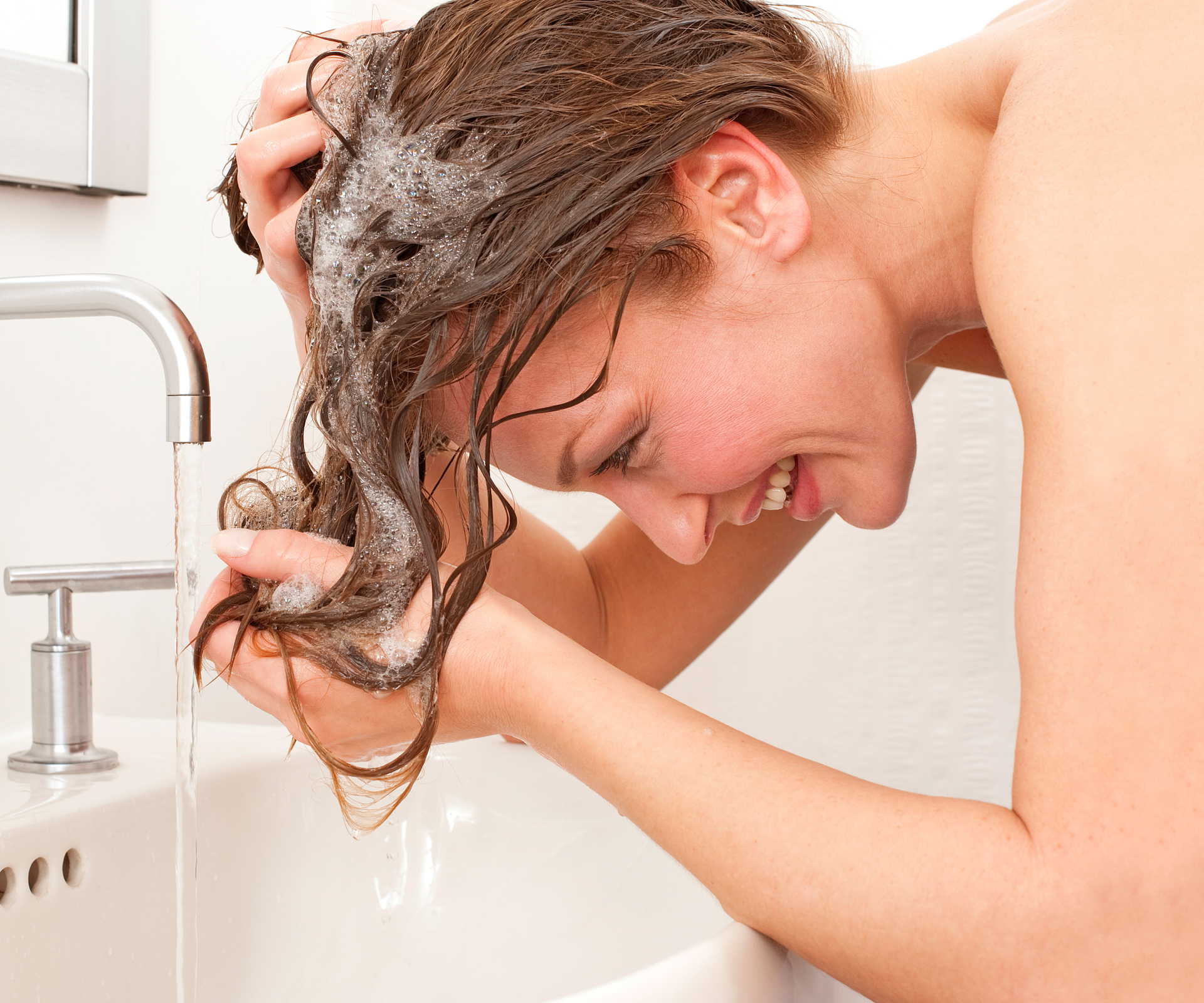The quest for a nice and natural shampoo has always been a bit of a bugbear for me. I have been experimenting with recipes for years and the end results are always awful and harsh.
I usually opt for my nice hair rinses, but every now and then, when I feel like my hair needs a thorough clean, I use my rye flour shampoo.
Sift ½ cup rye flour (1 cup if your hair is long) and add water until it makes a paste.
Next, massage it into your scalp like a regular shampoo. It does feel a little bit like rubbing porridge into your hair and it takes a bit longer to rinse out, but it will leave your hair looking and feeling soft and gorgeous.
Note: The flour may leave some flakes, especially if you haven’t sifted it well, but it’s nothing a fine-tooth comb won’t fix.

Traditional Scottish tablet
My husband has found out he has some Scottish roots, so all things Hibernian are happening in our kitchen at the moment, although he’s drawn the line at making our own haggis.
Tablet is a new family favourite. It has been described as fudge’s “grainy Scottish cousin” and is super-simple to make – and dare I say it? – an economical sweet treat. Och aye, the nom!
500g sugar
150ml milk
1 tin sweetened condensed milk
2 tsp vanilla essence
1 Dissolve the sugar in the milk over a low heat, then add the condensed milk. Stir constantly until the mixture starts to turn golden brown – about 10-15 minutes.
2 Remove from the heat, then add the vanilla. Beat firmly with a wooden spoon until the mixture starts to thicken and come away from the sides of the saucepan – about 15-20 minutes.
3 Tip into a buttered, shallow 8cm x 8cm (approx) square tin. Leave to cool for 15 minutes and cut into squares. Leave to cool for another 15 minutes before eating.

In the garden
I’m a big fan of potatoes and while I know they’re pretty cheap, you just can’t beat home grown – so I decided to get a few tub gardens going on our deck. I love growing spuds in a tub. There’s no digging involved, you can protect your plants from the cold and you’re less likely to have problems with soil-borne pests.
Any pot that holds 10 litres or more will do the trick, just make sure it has good drainage because spuds sitting in damp soil will be vulnerable to rot.
I used a 70-litre tub and started with about 10cm of soil. Then I placed five sprouting potatoes evenly on the top with their chits up and covered them with another 10cm of soil.
As the shoots break through and grow upwards, I will add more soil so that only the very top of the shoots are exposed.
I’ll keep doing this right up until the top of my container, which should mean an August harvest.

Blast the blemish
For years, I used to dab toothpaste on my pimples overnight, and while it didn’t obliterate the spot, it did drastically reduce its size. I also remember that if I ever accidentally put the toothpaste on the surrounding skin, I would feel a slight stinging until I washed it off. Even back then, I knew that couldn’t be a healthy sign!
When my daughter started getting blemishes, we decided to look for a more natural alternative and found that baking soda had the same effect.
Simply mix baking soda with a little water until it forms a paste, dab it onto the beginnings of an angry pimple before bed and you’ll wake up the next morning with a much more manageable blemish.


